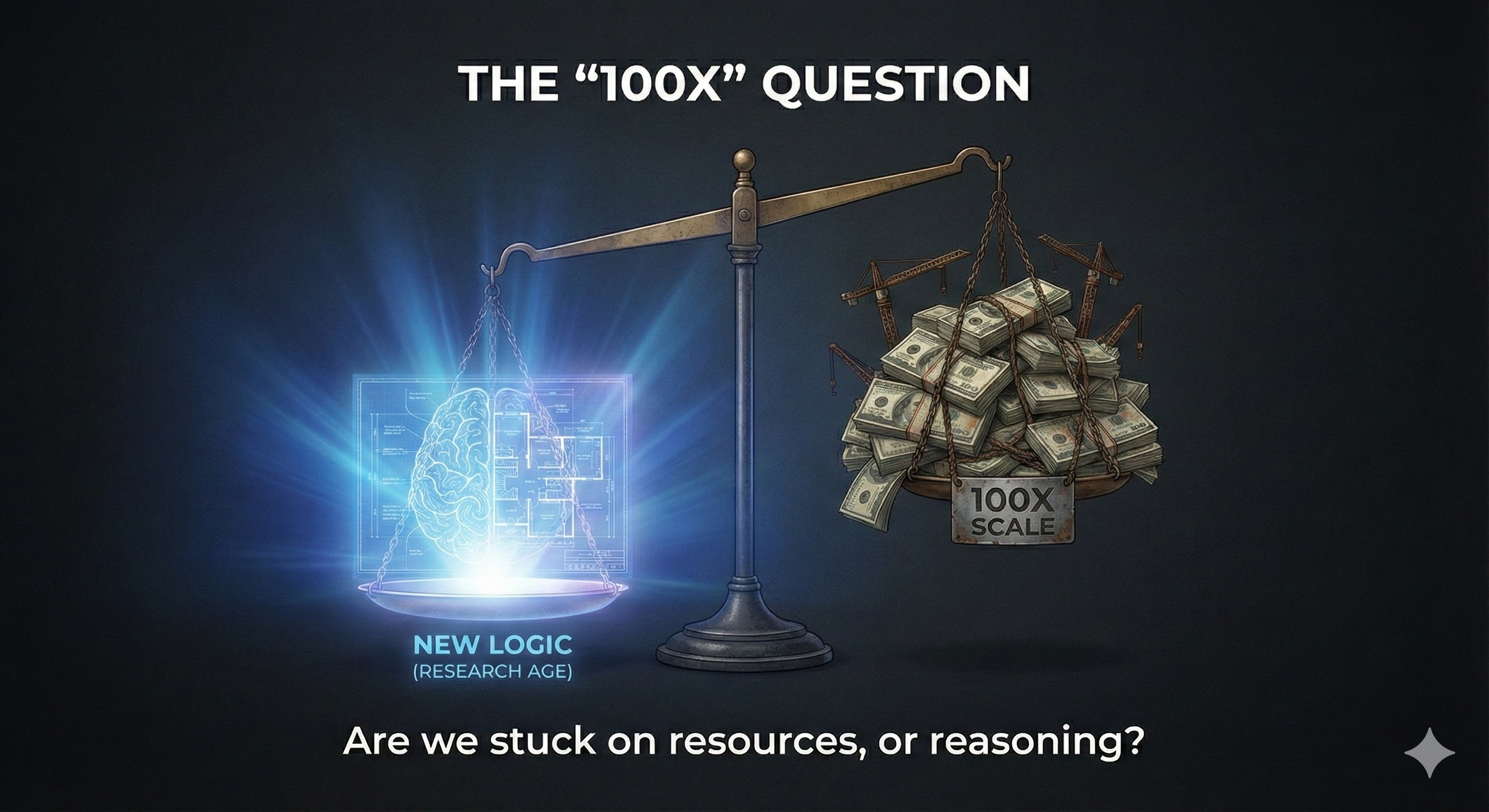The shift: Modern sales orgs don’t win because they have more dashboards; they win because they turn yesterday’s outcomes into today’s routing—who to contact first, at what hour, on which channel, with what offer. Gartner calls this Decision Intelligence: combining data, models, and processes so decisions are designed, executed, and improved as a system (and forecasts that by 2025, most data-driven decisions will be partially automated).
This piece isn’t about collecting more data. It’s about running a loop:
Signals → Scores → Queues → Actions → Outcomes → Model update (weekly).
Below are the operating laws that make the loop work in real estate presales and leasing—and how to implement them without reorganizing your company.
Three operating laws (no buzzwords, just mechanics)
1) Responsiveness beats volume
If you reply within an hour, you’re ~7× more likely to qualify a lead than if you wait longer; speed matters far more than sheer outreach volume. Treat response time as a design constraint for your system, not a coaching note.
What to change
Measure Time-to-First-Qualified (TTFQ) alongside lead→tour.
Staff for peak hours your data shows, not generic 9–5.
Use lightweight triage (chat/auto-reply) to stop the clock, then route to humans.
2) Queues govern throughput (Little’s Law)
Your funnel obeys Little’s Law: average work-in-process = arrival rate × wait time. In plain terms, long lists + slow handling = clogged pipeline and old leads. Reduce wait or arrivals per rep to raise throughput; there’s no way around it. (ISSSP for Lean Six Sigma)
What to change
Issue ranked daily queues (top 20–40) instead of “work everything.”
Cap WIP per rep; re-rank unfinished contacts tomorrow.
Track queue age as a KPI; stale = wasted spend.
3) Relevance compounds
Personalized outreach (right offer/channel/timing) drives 5–15% revenue lift and 10–30% better marketing efficiency at scale. Treat relevance as an engineered outcome of your loop, not artisan heroics.
What to change
Score intent daily (recency of site actions, replies, unit views).
Match offer primitives (e.g., plan, financing cue, tour slot) to the score.
Learn weekly: which combinations moved tours and deposits.

Build the loop (without ripping out your stack)
Signals (ingest)
Web/Digital PC events (plans viewed, save/share), chat replies, SMS/WhatsApp clicks, email opens, broker RSVPs, tour shows/no-shows.
Scores (daily)
Lead score (likelihood to book/return call today).
Unit-interest score (fit + recency).
Channel-hour score (when they respond).
Queues (execute)
Per-rep ranked list with best hour + suggested message type.
Frequency caps and quality gates (e.g., rebook if no-show within 24–48h).
Outcomes (measure)
Booked tours per 100 touches; show-rate; inquiry→tour days; tour→hold days; discount guardrail breaches.
Model update (weekly)
Reweight features that actually moved outcomes last week.
Publish a one-page readout: what to do more/less of next week.
This is what Gartner means by “decision intelligence in practice”: a designed decision supply chain, not a pile of tools.
30–60–90 day operating plan
Days 0–30 (Stabilize responsiveness)
Stand up the signals table (site/chat/SMS/CRM outcomes).
Baseline TTFQ and lead→tour.
Launch ranked daily queues; cap WIP; enforce frequency limits.
Days 31–60 (Engineer relevance)
Add channel-hour and unit-fit scoring; A/B the first two message frameworks.
Introduce no-show rescues within 24–48h.
Publish weekly “what worked” memo; adjust rankings.
Days 61–90 (Close the loop)
Promote only the winning sequences to default.
Instrument carry + discount avoidance on the dashboard.
Freeze a cadence (Tuesday ops review) where next week’s routing is set.
Why this is different from “more CRM discipline”
It’s systemic: change the order and timing of work, not how loudly you shout.
It’s provable: response time, WIP limits, and relevance have measurable laws and peer-reviewed effects (see sources).
It’s compounding: every week of outcomes improves next week’s routing—exactly what Gartner predicts as decisions get partially automated.
Bottom line: You don’t need another report. You need a loop that routes effort. Once the loop runs, velocity rises without extra headcount or spend.
Further reading
Gartner: Decision Intelligence: Overview and Impact (trend brief).
HBR: The Short Life of Online Sales Leads (why speed dominates).
McKinsey: The value of getting personalization right—or wrong.




